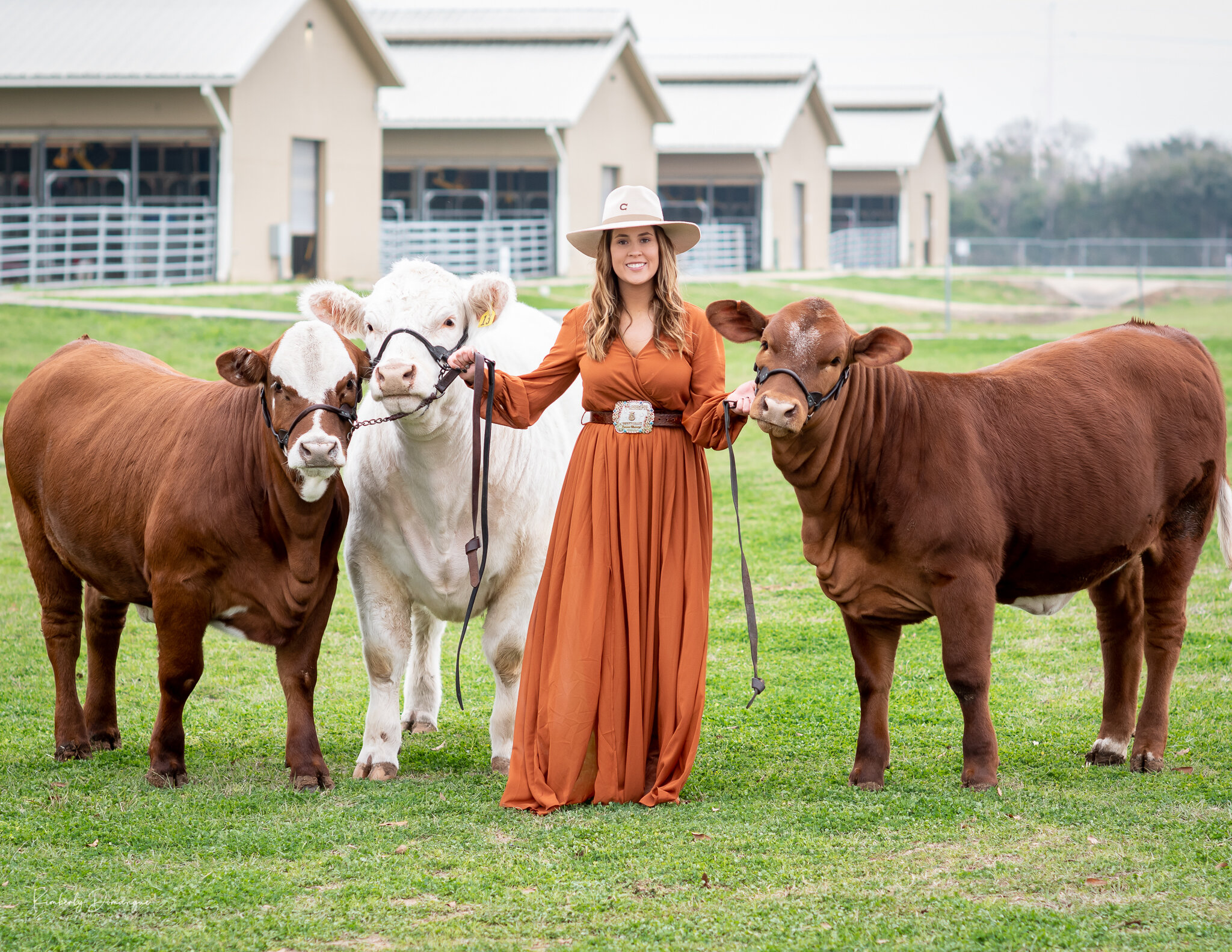In a world where the health of our planet is rapidly deteriorating, regenerative agriculture has emerged as a beacon of hope. This innovative approach to farming not only aims to produce nutritious food but also seeks to heal the land and restore its vitality. And at the heart of this transformative practice lies a crucial component that has often been overlooked but holds immense potential: animals. Yes, these magnificent creatures, with their innate ability to graze, fertilize, and interact symbiotically with the environment, play a vital role in regenerative agriculture. Join us as we journey into the intricate web of nature’s dance, where animals, farmers, and the land harmoniously intertwine to create a sustainable future.

1. “Harnessing the Power of Animals: Key Practices for Integrating Livestock into Regenerative Agriculture”

Integrating livestock into regenerative agriculture can revolutionize sustainable farming practices. Here are some key practices to consider:
- Rotational Grazing: Allow animals to graze on a specific area for a limited time, ensuring they don’t overgraze.
- Manure Management: Utilize livestock waste as a natural fertilizer to enrich the soil.
- Companion Planting: Integrate compatible plants with grazing animals to create symbiotic relationships.
- Restorative Grazing: Give the land periods of rest to promote natural regeneration.
- Animal Welfare: Prioritize the well-being and health of the livestock in all practices implemented.
By implementing these practices, farmers can harness the power of animals to enhance soil health, promote biodiversity, and increase resilience in regenerative agriculture ecosystems.
2. “From Soil Health to Biodiversity: Maximizing the Benefits of Animal Integration in Regenerative Farming Systems

Animal integration in regenerative farming systems goes beyond just raising livestock. It has a profound impact on soil health and biodiversity, ultimately maximizing the benefits for the entire ecosystem. Through careful management practices, such as rotational grazing, soil enrichment, and habitat creation, farmers can create a harmonious symbiosis between animals and the environment. Animals play a crucial role in nutrient recycling, soil aeration, and seed dispersal, enhancing soil fertility and promoting the growth of diverse plant species. The result? A thriving ecosystem that fosters ecological resilience and sustainable food production.
- Rotational grazing promotes regrowth, reduces soil erosion, and enhances nutrient cycling.
- Animals act as natural soil aerators, improving soil structure and water infiltration.
- Habitat creation supports the presence of beneficial insects, pollinators, and native species.
- Diverse plant species foster a resilient ecosystem that can better withstand environmental stressors.
By embracing animal integration in regenerative farming, we unlock a multitude of benefits that extend far beyond the boundaries of our farms. Together, let’s cultivate a sustainable future where soil health and biodiversity thrive hand in hand.
In Retrospect about The Role of Animals in Regenerative Agriculture.
In conclusion, it is clear that animals play a vital role in the practice of regenerative agriculture. Their presence not only enriches the overall ecosystem but also contributes to the restoration and fertility of the land. From the humble earthworm tirelessly aerating the soil, to the majestic bison gently trampling and fertilizing the grasslands, each animal has its unique part to play.
Through their grazing, manure deposition, and symbiotic relationships with plants, animals help maintain a balance within the ecosystem, ensuring the health and resilience of the soil. They provide the necessary nutrients, promote soil structure, and aid in the natural cycling of organic matter. In return, the land nourishes them, offering a sustainable and fulfilling life.
Regenerative agriculture recognizes the innate connection between animals, plants, and the land. By incorporating thoughtful grazing rotations, mimicking natural systems, and allowing animals to express their natural behaviors, farmers and land stewards are fostering regrowth, both above and below the surface.
However, it is essential to consider the ethical treatment of these animals in the context of regenerative agriculture. Practices that respect their welfare and allow them to express their natural behaviors are crucial. This involves providing adequate space, ensuring access to clean water, and minimizing stress during handling and transportation.
In our pursuit of sustainable food systems, the role of animals in regenerative agriculture cannot be underestimated. By embracing the intricacies of nature and honoring the symbiotic relationships between living creatures, we can cultivate a harmonious and regenerative coexistence with our environment.
So, let us applaud the animals who are partners in this agricultural revolution, where their presence leaves a positive mark on the land, nurturing a future where both humans and animals thrive together.
